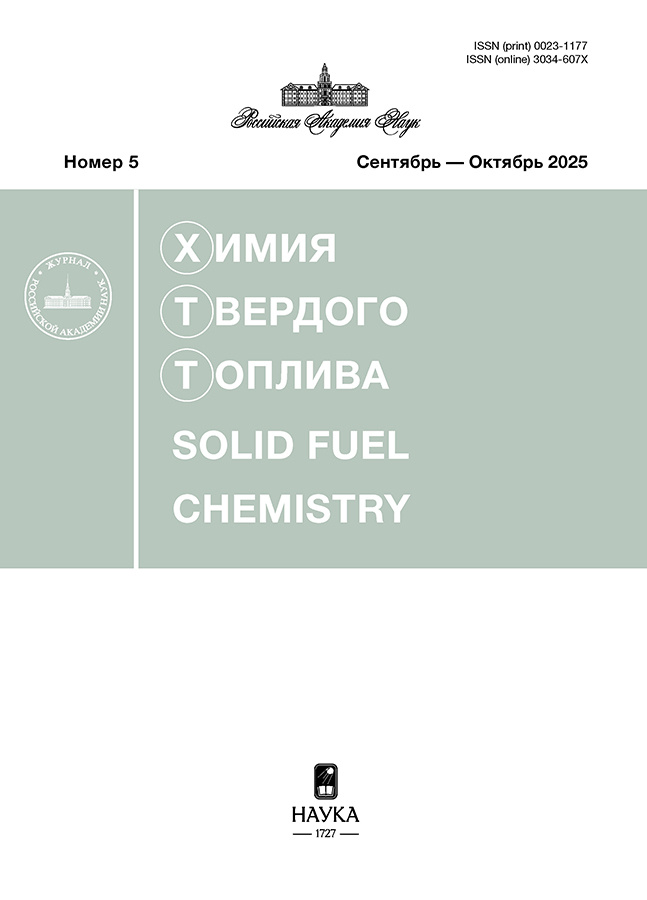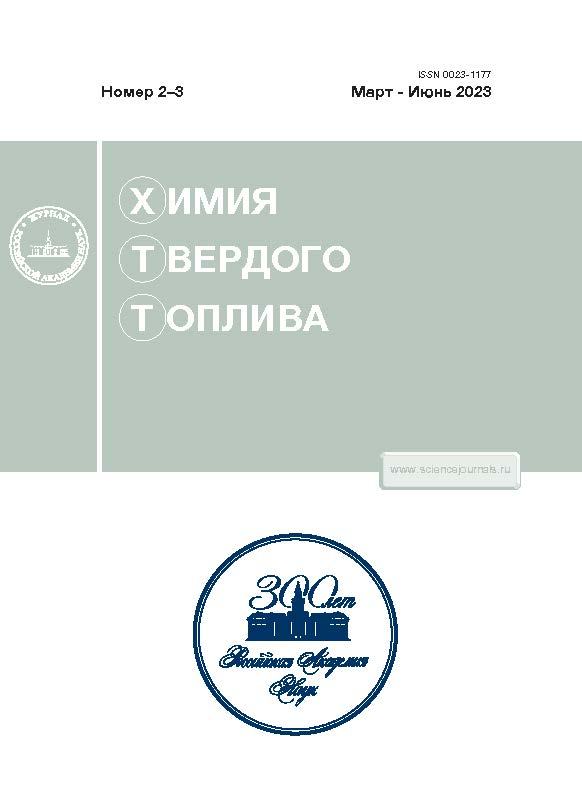ВЛИЯНИЕ КИСЛОТНЫХ РЕАГЕНТОВ НА ФОРМИРОВАНИЕ НЕФТЯНОГО ОСАДКА
- Авторы: Прозорова И.В.1, Юдина Н.В.1
-
Учреждения:
- ФГБУН Институт химии нефти СО РАН (ИХН СО РАН)
- Выпуск: № 2-3 (2023)
- Страницы: 59-64
- Раздел: Статьи
- URL: https://rjmseer.com/0023-1177/article/view/661890
- DOI: https://doi.org/10.31857/S0023117723020123
- EDN: https://elibrary.ru/BPPMVI
- ID: 661890
Цитировать
Полный текст
Аннотация
Исследовано формирование нефтяного осадка в высокопарафинистой нефти в присутствии карбоновых и нафтеновых кислот. Показано влияние концентрации и состава кислот на процесс ингибирования осадка и содержание в нем парафинов, смол и асфальтенов. В составе осадков, полученных из нефти с добавками кислотных реагентов, повышается количество легких н-алканов и снижается доля более высокомолекулярных углеводородов. В составе смол осадков, полученных с добавками кислотных реагентов, снижается содержание алифатических фрагментов и карбоксильных групп и возрастает коэффициент ароматичности. Асфальтены в осадке характеризуются снижением содержания ароматических структур и карбоксильных групп.
Ключевые слова
Об авторах
И. В. Прозорова
ФГБУН Институт химии нефти СО РАН (ИХН СО РАН)
Email: piv@ipc.tsc.ru
Россия, 634055, Томск
Н. В. Юдина
ФГБУН Институт химии нефти СО РАН (ИХН СО РАН)
Автор, ответственный за переписку.
Email: natal@ipc.tsc.ru
Россия, 634055, Томск
Список литературы
- Zahedi-Nejad, Bahrami M., Torkaman M., Ghayyem M. // J. Petrol. Sci. Eng. 2021. V. 205. № 10. P. 108858. https://doi.org/10.1016/j.petrol.2021.108858
- Daniel Molina V., Emiliano Ariza León, Arlex Chaves-Guerrero // Energy Fuels. 2017. V. 31. № 9. P. 8997. https://doi.org/10.1021/acs.energyfuels.7b01149
- Sun W., Wang W, Gu Y., Xu X., Gong J. // Fuel. 2017. V. 191. P. 106. https://doi.org/10.1016/j.fuel.2016.11.063
- Wattana P., Fogler H.S., Yen A. // Energy Fuels. 2005. V.19. № 1. P. 101. https://doi.org/10.1021/ef0499372
- Jung T., Kim J-N., Kang P-S. // Korean J. Chem. Eng. 2016. V. 33. P. 1813. https://doi.org/10.1007/s11814-016-0052-3
- Hosseini-Moghadam S.M.-A., Zahedi-Nejad A., Bahrami M., Torkaman M., Ghayyem M.-A. // Petrol. Sci. Eng. 2021. V. 205. № 10. P. 108858.https://doi.org/10.1016/j.petrol.2021.108858
- Ghloum E.F., Rashed A.M., Safa M.A., Sablit R.C., Al-Jouhar S.M. // Petrol. Sci. Eng. 2019. V. 175. № 4. P. 495. https://doi.org/10.1016/j.petrol.2018.12.071
- Faraoun Abbassia, Mortada Daaou, Bounaceur Boumediene // Energy Sources. 2016. Part A: Recovery, Utilization and Environmental Effects. V. 38. № 19. P. 2830. https://doi.org/10.1080/15567036.2015.1017671
- Yang F., Zhu H., Li C., Yao B. // Petrol. Sci. Eng. 2021. V. 204. № 7. P. 108723. https://doi.org/10.1016/j.petrol.2021.108723
- Razipour M., Samipour Giri M., Majidian N. // Energy Sources. Part A: Recovery. Util. Environ. Effects. 2020. V. 17. № 4. P. 1. https://doi.org/10.1080/15567036.2020.1752332














